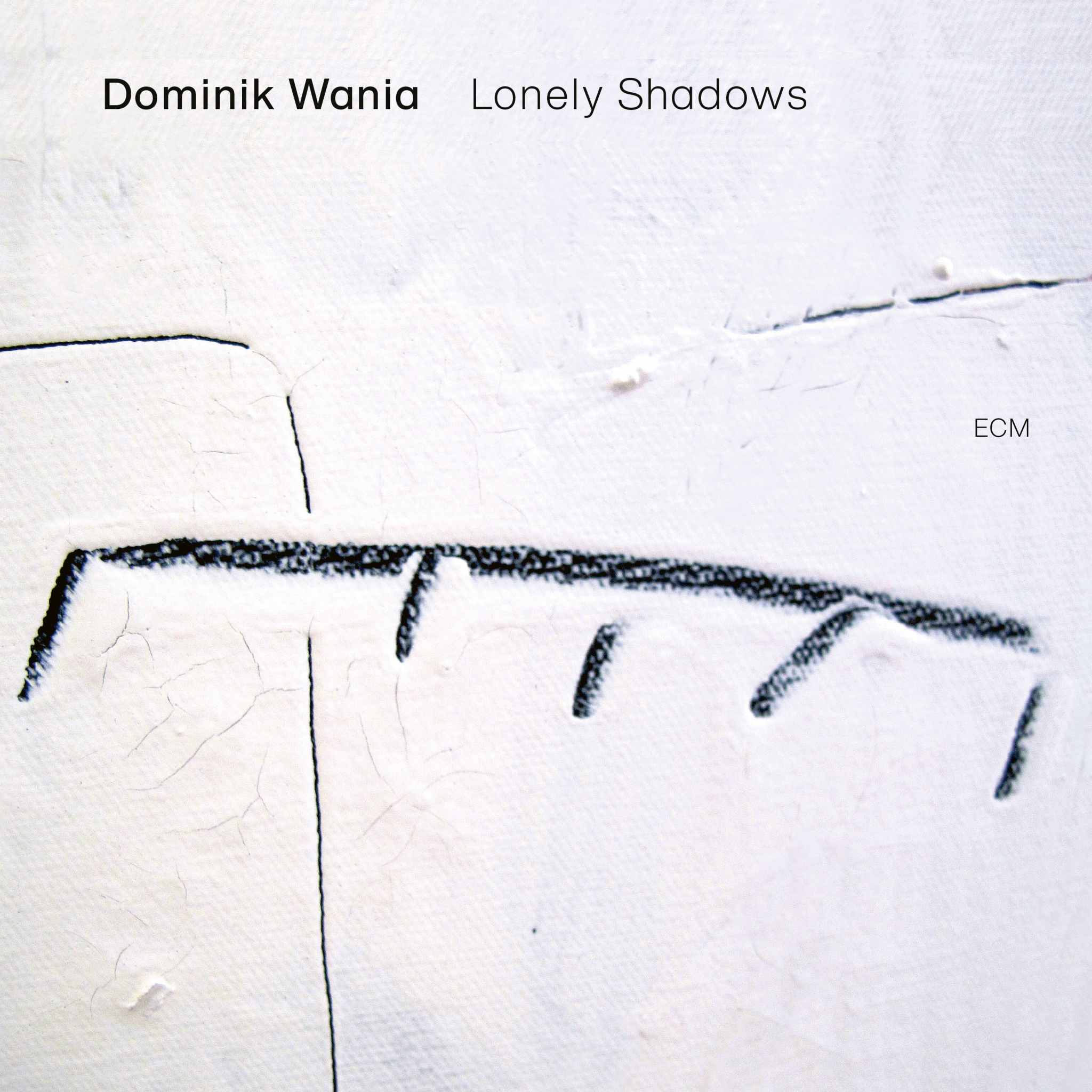Album insights
Francisco Guerrero, born in 1528 in Seville, played a significant role in Renaissance music revival during the 20th century. Despite his delayed recognition, Guerrero's works, published between 1555 and 1597 across various cities, gained vast popularity. Notably, his motet "Ave virgo sanctissima" and the travelogue "El Viaje de Jerusalén" became bestsellers, solidifying his reputation. As a composer, Guerrero faced challenges but managed to impress notable figures like Emperor Charles V and King Philip II with his musical talents. His remarkable journey to the Holy Land in 1588 showcased his courage and religious devotion.
Guerrero composed a variety of liturgical works, including 18 mass settings and many secular songs influenced by his travels. His masterpiece, the Missa Congratulamini mihi, reflects his exceptional compositional skills by building upon Crecquillon's themes. This mass exudes Osterzeit jubilation, reflecting a celebration of life after Jesus' suffering. Guerrero's innovative use of duets, trios, and new material like the "Et incarnatus est" in the Credo separates his work from conventional masses. In compositions like "Maria Magdalena et altera Maria," Guerrero vividly tells spiritual narratives using diverse musical elements, while his work "Post dies octo" depicts a somber yet introspective mood.
The collection of Guerrero's pieces encapsulates his mastery, ranging from spiritual madrigal-like works to vibrant doppelchorus settings. Pieces like Dum esset rex and Ave Maria showcase the depth and versatility of Guerrero's compositional style. In the Regina caeli variations, he expertly weaves traditional melodies into joyful Easter anthems, displaying his compositional sophistication and deep musical expression.


